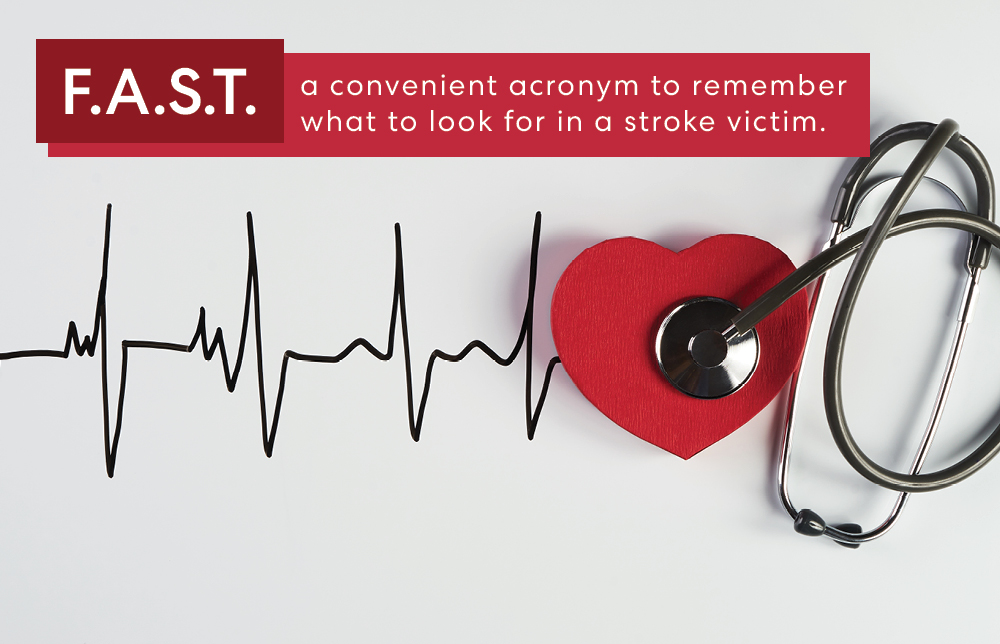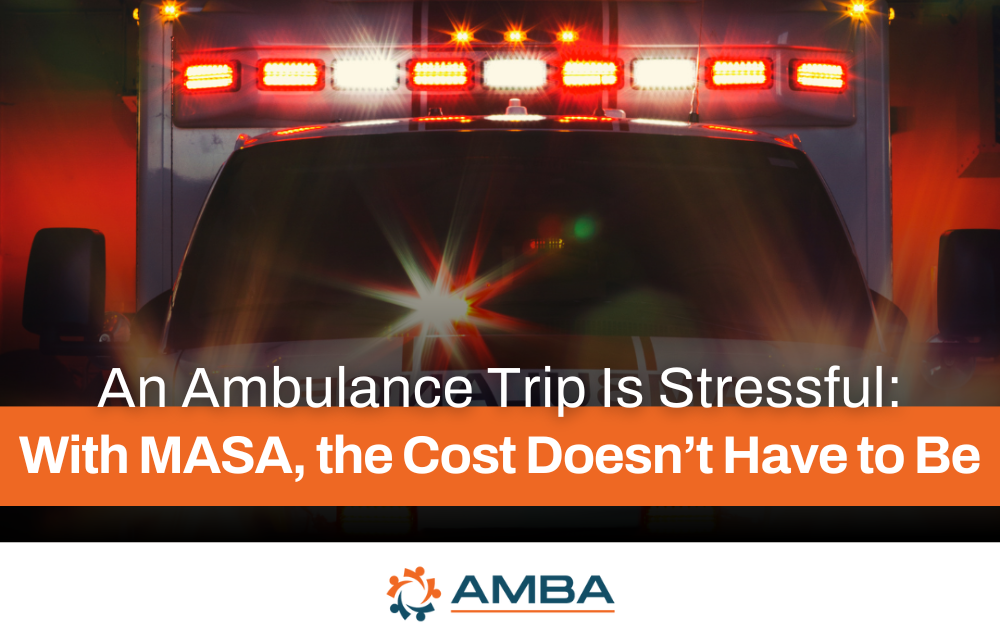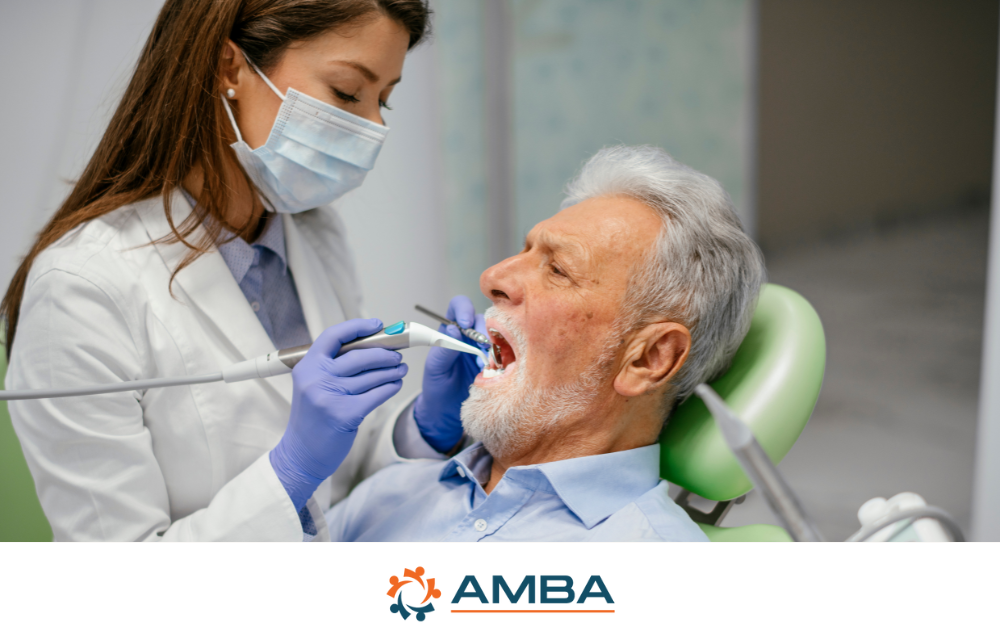
How “F.A.S.T.” Can You Recognize the Signs of a Stroke?
June 25, 2021
According to a recent study, the majority of adults don't know the most common symptoms of a stroke. This is particularly alarming because nearly 800,000 Americans suffer a stroke each year. And with a stroke, time is truly of the essence. Patients who are given of the clot-busting treatment t-PA (tissue plasminogen activator) within three hours are significantly more likely to leave the hospital after three months with little to no disability. The catch: t-PA must be administered within three hours of the beginning of the stroke. Currently, less than 5% percent of stroke patients reach the hospital within that time frame.
The earlier you’re able to recognize symptoms, the better your chances at reducing long-term disability from stroke for a loved one or yourself. You can make all the difference if you’re able to act F.A.S.T.
“F.A.S.T.” is a convenient acronym to help you remember what to look out for in a stroke victim.
- Face: Does one side of the face droop?
- Arm: Is one arm or leg weak or numb?
- Speech: Is speech slurred or strange?
- Time: If you observe any of these signs, call 911 immediately.
Additional indications of a potential stroke include a severe headache, loss of balance/dizziness/difficulty walking, and trouble seeing in one or both eyes.
The more you’re able to recognize these symptoms, the more likely you are to minimize the long-term effects of a stroke and even prevent death. Calling 911 is critical because trained EMS personnel can start the care protocol on the way to the hospital and have specialized teams standing by, ready to administer the appropriate treatment immediately.
Another important way to be prepared for a stroke is with a Cancer/Heart/Stroke policy from MRTA and AMBA. This plan pays money directly to you in one lump sum payment upon diagnosis of internal cancer or malignant melanoma, heart attack, or stroke. The money is yours, to be used however you like: to cover the costs of hospital care, travel, or other out-of-pocket expenses. Learn More.
Source: www.ahajournals.org/doi/10.1161/STROKEAHA.120.031137
RECENT POSTS

An Ambulance Trip Is Stressful: With MASA, the Cost Doesn’t Have to Be
People who require an emergency ambulance trip frequently ask the same question upon receiving the bill: “Why was the
Read More

AMBA’s Essential Insights in Dental Health: Understanding Cavities
Have you ever experienced pain or noticed persistent sensitivity in your teeth? You might have a cavity. Cavities are common,
Read More

Smart Holiday Season Safety Tips for Travelers
Whether to get together with loved ones or to get away from it all, people love to travel during the holiday season. In fact,
Read More

Play the Long Game: 5 Important Reasons to Purchase Long-Term Care Insurance
When it comes to your health, it’s essential to plan for the unexpected. While this is important at any age, it's
Read More

